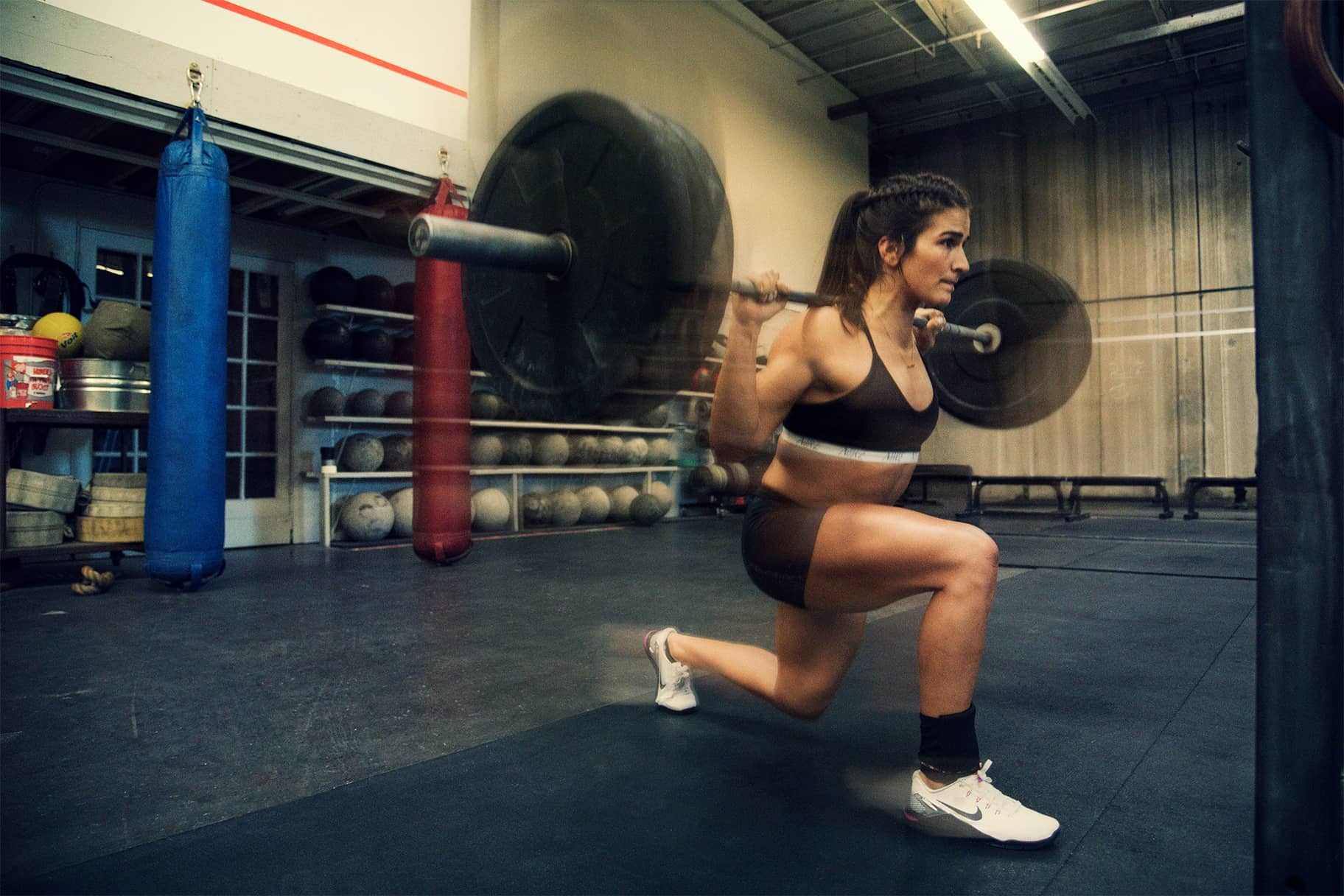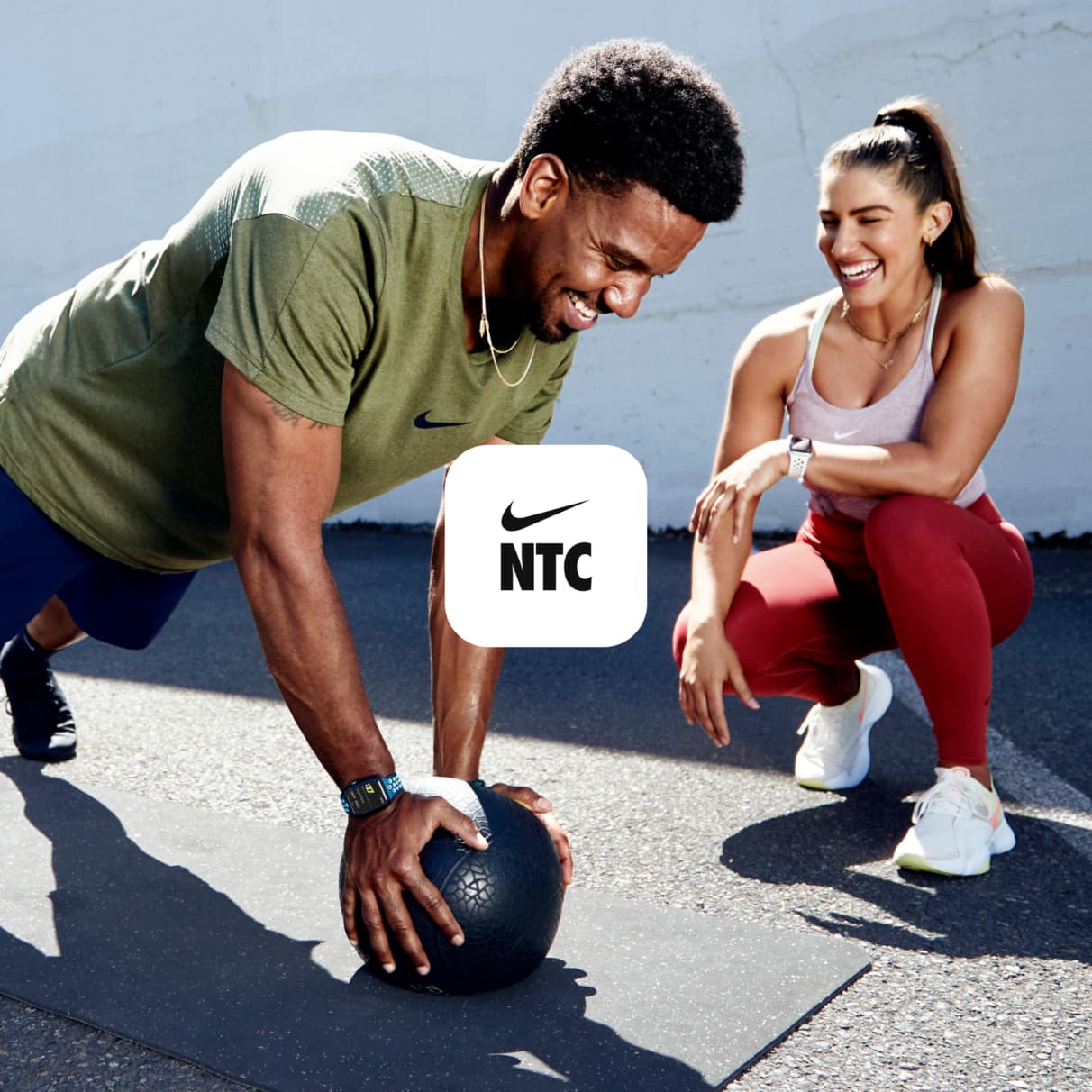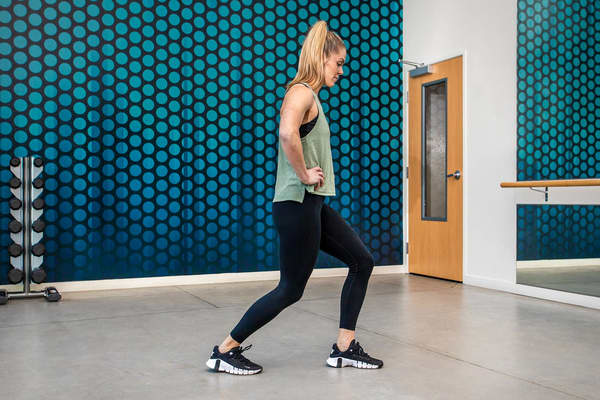4 Ways Strength Training Can Improve Your Metabolism
Sport & Activity
Start a weightlifting programme to boost your metabolism and improve body composition.

Resistance training provides a wide range of benefits, including increasing muscle mass, improving flexibility and achieving better balance, especially as you age. But did you know that strength training can also help boost your metabolism?
If you want to change your body for the better, here are the four main ways weightlifting benefits your metabolic function.
1.Burns Calories During a Workout
Like all forms of exercise, strength training burns calories. The exact number of calories you burn depends on your bodyweight and how hard you train, but the American Council on Exercise (ACE) has estimates for different types of weight training.
A one-hour session of intense weight training burns 462 calories for a 77kg individual and 326 calories for someone who weighs 54kg. But as the intensity declines, so does the caloric burn. For example, those two people mentioned above only burn 231 and 163 calories respectively per hour of moderate-intensity weight training.
2.Burns More Calories After a Workout
After your weight-training workout is finished, you may continue to burn extra calories throughout the day as a result of excess post-exercise oxygen consumption (EPOC). Though it's often associated with high-intensity interval training (HIIT), at least one study has suggested that resistance training can provide the benefit as well.
A February 2015 study in Research Quarterly for Exercise and Sport found that both resistance and interval training increased EPOC more than steady-state cardiovascular exercise did for moderately physically active men.
3.Increases Lean Muscle Mass
Strength training helps increase your resting metabolic rate (RMR) by increasing the amount of lean muscle on your body. Your RMR is the number of calories your body requires to perform basic functions, such as breathing, circulation and digestion.
Since lean muscle tissue is more metabolically active than fat, a body with more muscle mass will require more energy (calories) even at rest. The actual number of calories, however, is a matter of debate. Some claim that increasing muscle mass can help you to burn hundreds more calories per day, but those claims are probably exaggerated.
Studies that compare the exact caloric expenditure of fat versus muscle are rare because the measurements would be difficult to acquire with accuracy. But exercise physiologists at the University of New Mexico estimated that muscle is responsible for about 20 percent of the total number of calories you burn each day, while fat is responsible for only 5 percent.
4.May Help Maintain or Increase Activity Level
Lastly, there's a possibility you'll burn more calories naturally with daily activity if you have a stronger, fitter body. You might do this by maintaining or increasing non-exercise activity thermogenesis (NEAT), all the movement you do throughout the day that isn't exercise.
Sometimes, when people start an exercise programme, their NEAT decreases. In fact, an October 2012 study in Obesity Reviews found that a decrease in non-exercise activity can be one of the reasons why people don't lose weight even though they exercise regularly.
But, a September 2015 study in Advances in Nutrition suggested that reduced NEAT is less likely to happen with weight training and more likely after aerobic exercise.
NEAT plays a very important role in metabolism, as it has a strong impact on the number of calories you burn each day. NEAT is also highly variable: It's responsible for 6–10 percent of your total daily calorie burn for sedentary people, and for 50 percent or more for highly active people.
Different Types of Strength Training for Better Metabolism
There are four main goals to guide your resistance training programme. Depending on which one you choose, you'll change the number of reps and the percentage of your one-rep max (1RM). Your 1RM is the most weight you can lift in one attempt.
ACE outlines the guidelines for each type:
- Strength endurance training helps you produce and sustain muscle force over an extended period of time. In this type of training, do at least 12 reps using a weight that's 67 percent of your 1RM or less.
- Hypertrophy training focuses on increasing muscle size. For this type of training, complete 6 to 12 reps of each exercise using 67–85 percent of your 1RM.
- Maximum strength training helps you generate the most muscle force for each exercise. To build max strength, do fewer than six reps of each exercise using 85 percent or more of your 1RM.
- Power training is for those who want to generate the greatest magnitude of force in the shortest amount of time. Powerlifters usually do very few reps using 80–90 percent of their 1RM.
So which one should you choose? The National Academy of Sports Medicine says that hypertrophy training is the best way to impact your metabolism with weightlifting, as it's developed specifically to increase muscle mass.
But any of these training protocols can help you build muscle and improve strength. Go with the type of weight training that you enjoy the most. Your programme is more likely to be successful if you participate regularly.
Frequently Asked Questions
How Often Should I Participate in Strength Training?
The Physical Activity Guidelines for Americans suggest that adults should complete at least two full-body strength-training sessions each week.
The guidelines also recommend that adults do at least 150 to 300 minutes a week of moderate-intensity exercise, 75 to 150 minutes a week of vigorous-intensity cardio or an equivalent combination of the two.
But you don't have to limit yourself to these recommendations. You can do strength training more than two days a week. However, the American College of Sports Medicine suggests that you take at least 48 hours between workouts that train the same muscle groups.
Do I Have to Lift Weights to Build Strength?
No, there are a variety of ways to build strength without using a dumbbell, kettlebell or barbell. For instance, bodyweight exercises are a convenient, effective way to improve muscle mass. Do a few sets of push-ups, squats, lunges and bear crawls to target muscles throughout your whole body.
You might also consider doing yoga or Pilates, which can also build strength. Poses such as Downward-Facing Dog, Tree, Warrior II and others build muscle strength and stability.
Should I Skip Cardio if Weight Training Improves My Metabolism?
You can still do cardio to boost your metabolism and/or change your body composition, as it's another way to burn extra calories.
For instance, a 68kg person burns 102 calories during 30 minutes of moderate weight training. But they would burn 340 calories during a 30-minute run at a 10-minute mile pace, according to ACE.
Many exercisers combine cardio and weight training to get the best of both worlds. For example, three days a week, you might do a 50-minute moderate-intensity run. Then, on two or three non-cardio days, you could do a full-body weight-training routine. This schedule allows you to meet physical activity recommendations and still have a day or two to rest.





